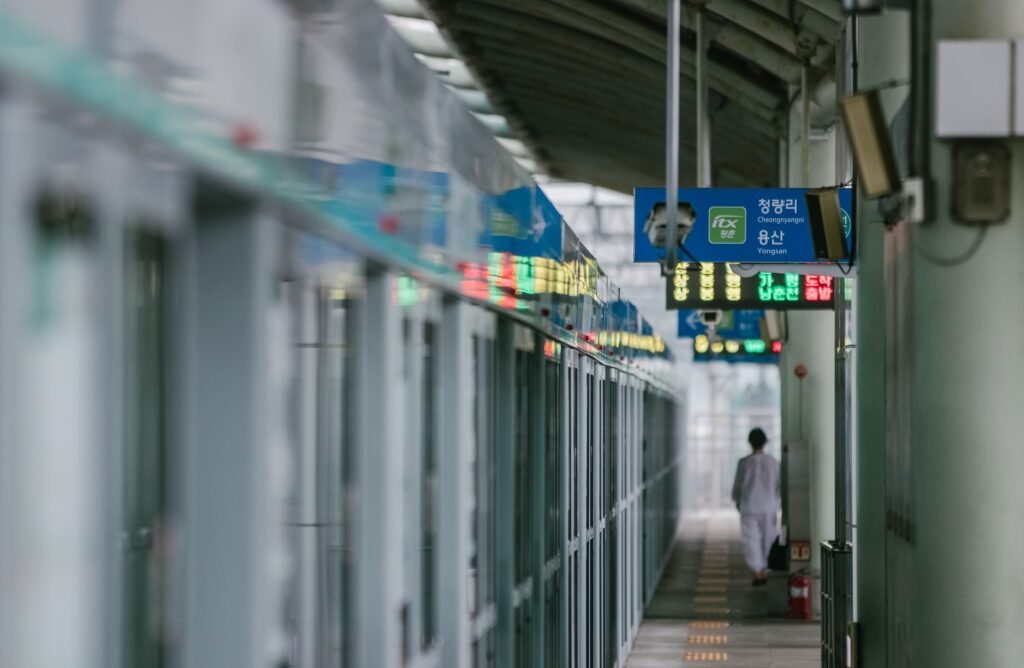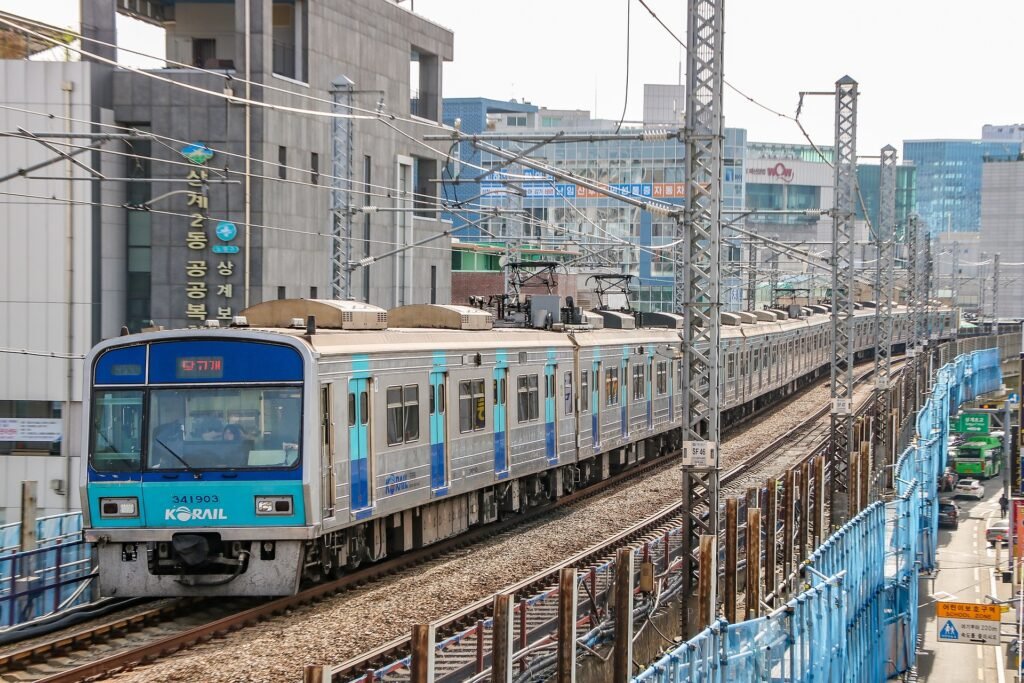
Exploring South Korea, whether for a short trip or an extended stay, can be an exciting adventure. However, if you’re unfamiliar with the local transit systems or technology, moving around can seem challenging at first. In this guide, we reveal powerful tips that will help you navigate Korea with ease, ensuring a seamless journey for both travelers and digital nomads.
1. Unlock the Power of Public Transportation
Korea boasts one of the most efficient public transport systems in the world. From spotless subways to reliable buses, getting around can be stress-free if you know how to use them.
- Subway Mastery: South Korea’s subways, especially in cities like Seoul and Busan, are a quick and affordable way to get around. With English signage and punctual service, even first-time visitors will find it easy. Moreover, digital nomads can take advantage of free Wi-Fi at many stations, which is perfect for staying connected.
- T-Money Card Essentials: First, invest in a T-Money card as soon as you land. This card is your key to convenience. In fact, you can use it across buses, subways, taxis, and even in some stores. It saves time and minimizes hassle, especially for frequent travelers.
- KTX: Speed Across the Country: If you need to travel between cities, hop on the KTX high-speed trains. A trip from Seoul to Busan takes less than three hours. Therefore, you can explore without wasting valuable time.

2. Mastering the Bus System
Buses are essential if you’re staying in smaller towns or want to travel outside major city centers.
- Express and Intercity Buses: Long-distance buses are both affordable and comfortable. Additionally, many buses offer Wi-Fi, which is perfect for digital nomads who need to stay connected.
- Local Buses: On the other hand, local buses can be harder to navigate due to limited English signage. Fortunately, apps like KakaoMap or Naver Map make it easier to find the right routes.
3. Effortless Ridesharing and Taxis
When public transport isn’t convenient, taxis or ridesharing apps are a great alternative.
- KakaoTaxi: Download the KakaoTaxi app to easily order a cab. This way, you can avoid language barriers and input your destination in English. You can even pay through the app, which is handy if you don’t have cash.
4. Essential Navigation Apps: KakaoMap and Naver Map
Google Maps isn’t fully functional in Korea. Instead, rely on these local apps for accurate directions.
- KakaoMap: This app is user-friendly and provides accurate navigation. Furthermore, it has an English interface, making it the go-to choice for foreigners.
- Naver Map: While Naver Map can be a bit more complex, it offers extra detail. In addition, it includes offline maps, which can save the day when you’re without internet.
5. Discover Korea by Bicycle
Cycling is becoming more popular, especially in cities like Seoul. If you want to explore at your own pace, consider renting a bike from Seoul Bike Ddareungi.
- Seoul Bike Ddareungi App: This bike-sharing service lets you rent bikes through its easy-to-use app. Moreover, it’s affordable and available in English.
6. On Foot: The Joy of Walking
Walking allows you to discover hidden gems. As a result, many parts of Korea are best experienced on foot. Furthermore, you’ll find well-maintained sidewalks and pedestrian crossings everywhere.

7. Simple Korean Phrases for Hassle-Free Travel
Knowing a few key phrases will make your journey smoother. Even though Korea is foreigner-friendly, understanding some basic Korean goes a long way:
- 이곳으로 가주세요 (I-goseuro gajuseyo) – “Please take me here” (useful for taxis)
- 어디에 있나요? (Eodie issnayo?) – “Where is…?”
- 감사합니다 (Gamsahamnida) – “Thank you”
8. Stay Connected with Pocket Wi-Fi or SIM Cards
Staying online is essential for both travelers and digital nomads. Therefore, choose between pocket Wi-Fi or local SIM cards for fast and reliable data.
- SIM Cards: Local companies like KT and SK Telecom offer prepaid SIM cards. These are great if you need lots of data.
- Pocket Wi-Fi: Alternatively, you can rent a pocket Wi-Fi device, which gives you unlimited data. Not to mention, these devices can be rented at the airport, making them convenient for any traveler.
9. Respect Local Etiquette
To navigate Korea smoothly, it’s also important to understand local customs:
- Quiet Public Transport: Koreans value peace on subways and buses. As a result, speaking loudly is considered impolite.
- Queueing: Similarly, Koreans always form lines when waiting for transport. Make sure you queue properly to avoid confusion.
Conclusion
With these insider tips, you’ll navigate South Korea with ease. Whether you’re visiting temples or working remotely from a café in Seoul, you’ll make the most of Korea’s efficient systems and vibrant culture.
Thanks for reading! If this guide helped you, feel free to share it with fellow travelers or digital nomads. Safe travels!
